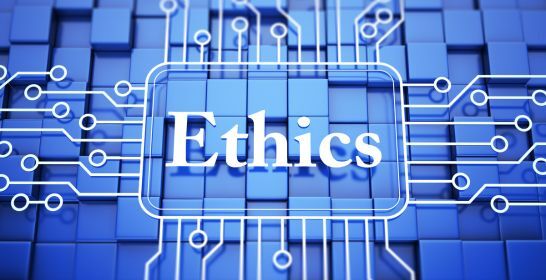
AI is evolving fast — but with great power comes even greater responsibility. At GTS Solution, we help ensure that large language models (LLMs) aren’t just powerful, but aligned with human values, ethically sound and safe for real-world use.
Whether you're developing AI for customer service, healthcare, education, or enterprise tools, LLM Alignment & Safety ensures your AI behaves fairly, responsibly and transparently.
Let’s explore how we bring safety and alignment into every stage of your LLM development.
We carefully select and filter the training data to remove offensive, biased or misleading information. This helps models learn from diverse, high-quality and reliable sources, avoiding misinformation from day one.
Simple but effective — we use rule-based systems to block harmful or inappropriate content through:
Human experts regularly review AI outputs, label risky content and provide feedback. This ensures continuous learning, improved moderation and real-time quality control.
We build in safety refusals. For example: "I can't provide information on that topic." These constraints help restrict dangerous or unethical conversations (e.g., about violence, self-harm or illegal activity).
We run statistical tests to catch demographic disparities. For example, checking whether the AI treats different genders, races or backgrounds fairly in generated content.
Once the basics are in place, we move into fine-tuning and dynamic learning, using smarter techniques to make AI safer in real-time.
We use human rankings to train models on what’s helpful vs. harmful. This fine-tunes responses and makes the model behave more like a human professional — polite, useful and aware.
Beyond simple keywords, we use AI to understand the context of a sentence. Even if something is phrased politely, it can still be harmful — and we catch that.
We try to "break" the AI on purpose — using extreme prompts or trick questions — to make sure it stays resilient under pressure.
We use tools like SHAP and LIME to explain how and why a model gave a specific output. This builds trust and makes debugging easier.
Inspired by ideas like Asimov’s Laws or human rights charters, we train models using predefined ethical rules. Models can even review and correct each other for deeper alignment.
We teach models to critique their own answers, reject unethical outputs, and self-learn ethical behavior without direct human intervention.
We use AI to monitor AI. In large-scale environments, secondary models flag unsafe behavior, helping humans moderate at scale — like social media content filtering.
The model can update safety rules dynamically, without starting over. This helps tackle fast-moving risks like deep fakes, scam prompts, or viral misinformation.
We build ensemble safety systems where multiple AIs double-check each other’s responses, and collaborate with AI researchers and ethicists to stay ahead of the curve.
| Level | Key Techniques | Examples/Models |
|---|---|---|
| Basic | Ethical Dataset Curation, Rule-Based Filters | Wikipedia-based filtering, Keyword blocks |
| Basic | Human-in-the-Loop Oversight, Hardcoded Constraints | Manual review, Predefined refusals |
| Intermediate | RLHF, Contextual Safety Filters | ChatGPT RLHF fine-tuning |
| Intermediate | Bias Mitigation, Adversarial Testing | Counterfactual Augmentation, Red Teaming |
| Intermediate | Transparency Mechanisms | SHAP, LIME |
| Advanced | Constitutional AI, Recursive Oversight | Anthropic’s AI Constitution |
| Advanced | Self-Supervised Ethical Fine-Tuning, AI-Guided Alignment | Self-critique models, AI Moderation |
| Advanced | Real-Time Safety Adaptation, Multi-Agent Safety | Adaptive learning systems, AI Ethics Research |